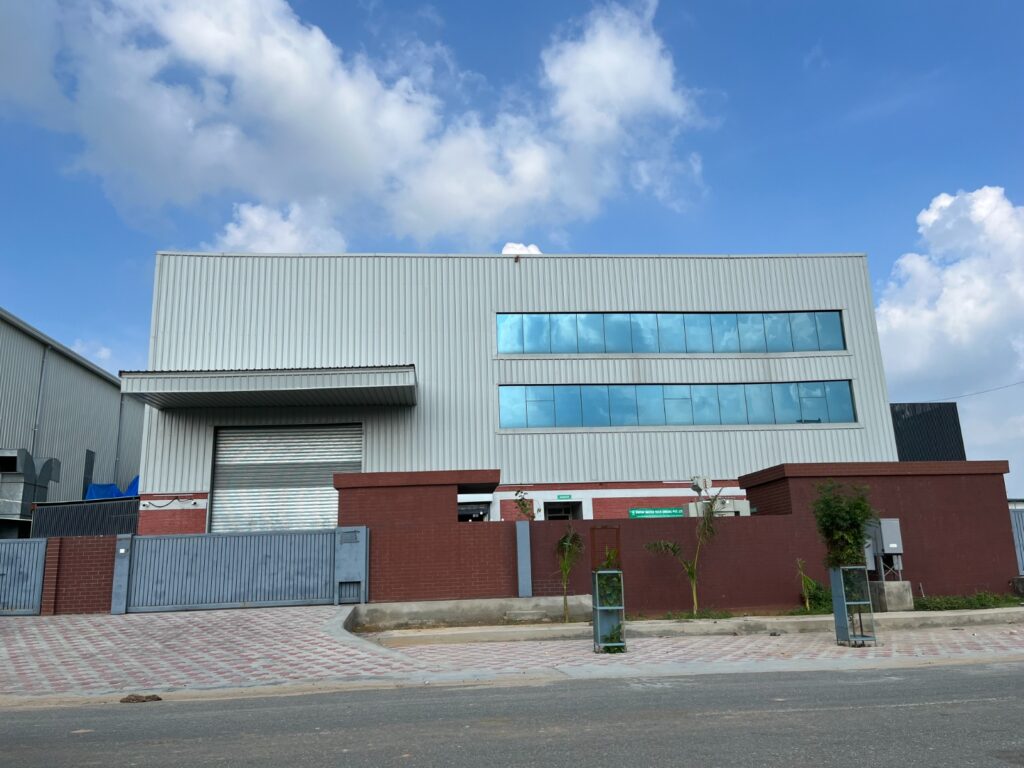Textile Industry
The textile industry is a major consumer of water, using large quantities of water in its various processes, including dyeing, printing, and washing of fabrics. However, the water used in these processes often contains pollutants that need to be removed before they are discharged into the environment.
Why is water and wastewater treatment important in the textile industry?
Water and wastewater treatment is essential in the textile industry for several reasons:
Environmental sustainability: The discharge of untreated water and wastewater into the environment can have harmful effects, including water pollution, degradation of aquatic ecosystems, and the spread of diseases. Water and wastewater treatment helps to mitigate these negative effects by removing pollutants from the water before discharge.
Compliance with regulations: Many countries have regulations that require industrial facilities to treat their wastewater before discharge into the environment. Failure to comply with these regulations can result in fines, legal penalties, and damage to a company’s reputation.
Cost savings: The efficient treatment of water and wastewater can result in cost savings for textile facilities. For example, reusing treated wastewater for non-potable purposes, such as irrigation or process water, can reduce the need for fresh water, reducing water costs.
Challenges in water and wastewater treatment in the textile industry
Water and wastewater treatment in the textile industry is challenging for several reasons:
Complex water chemistry: The water used in textile processes often contains a complex mixture of pollutants, including salts, dyes, heavy metals, and organic compounds. The removal of these pollutants requires a combination of treatments.
High volume and flow rate: The large volume of water used in textile processes can make water treatment challenging. The high flow rate of water in textile processes also requires water treatment systems that can handle the flow rate while maintaining effectiveness.
Cost: The implementation of water and wastewater treatment technologies can be expensive, particularly for large textile facilities. This is a challenge for textile facilities, as they must balance the cost of water and wastewater treatment with the need to maintain profitability.
Solutions for water and wastewater treatment in the textile industry
There are several water and wastewater treatment technologies available for use in the textile industry. The most common technologies include Reverse Osmosis (RO), Ultraviolet (UV) Disinfection, Activated Carbon Filters, and biological treatment processes.
Reverse Osmosis (RO): RO systems effectively remove impurities, including salts, dyes, and heavy metals, from water. RO systems work by applying pressure to water, which forces it through a semi-permeable membrane. The impurities are trapped by the membrane, while the treated water is collected on the other side.
Ultraviolet (UV) Disinfection: UV disinfection is a low-cost option that effectively eliminates microorganisms in the water. UV disinfection works by exposing water to ultraviolet light, which damages the DNA of microorganisms, rendering them unable to reproduce.
Activated Carbon Filters: Activated Carbon Filters are commonly used to remove organic pollutants from water. These filters work by adsorbing pollutants onto the surface of the carbon.
Biological treatment processes: These processes, including anaerobic and aerobic treatment, use microorganisms to break down pollutants in the wastewater. The treated wastewater is then safe for discharge into the environment.
In conclusion, water and wastewater treatment is essential for the sustainability and success of the textile industry. The treatment of water in the textile industry is challenging, but there are several effective solutions available, including Reverse Osmosis (RO), Ultraviolet (UV) Disinfection, Activated Carbon Filters, and biological treatment processes. Textile facilities should evaluate the various options and choose a technology that best fits their specific needs to ensure the efficient treatment of water and the preservation of the environment.

